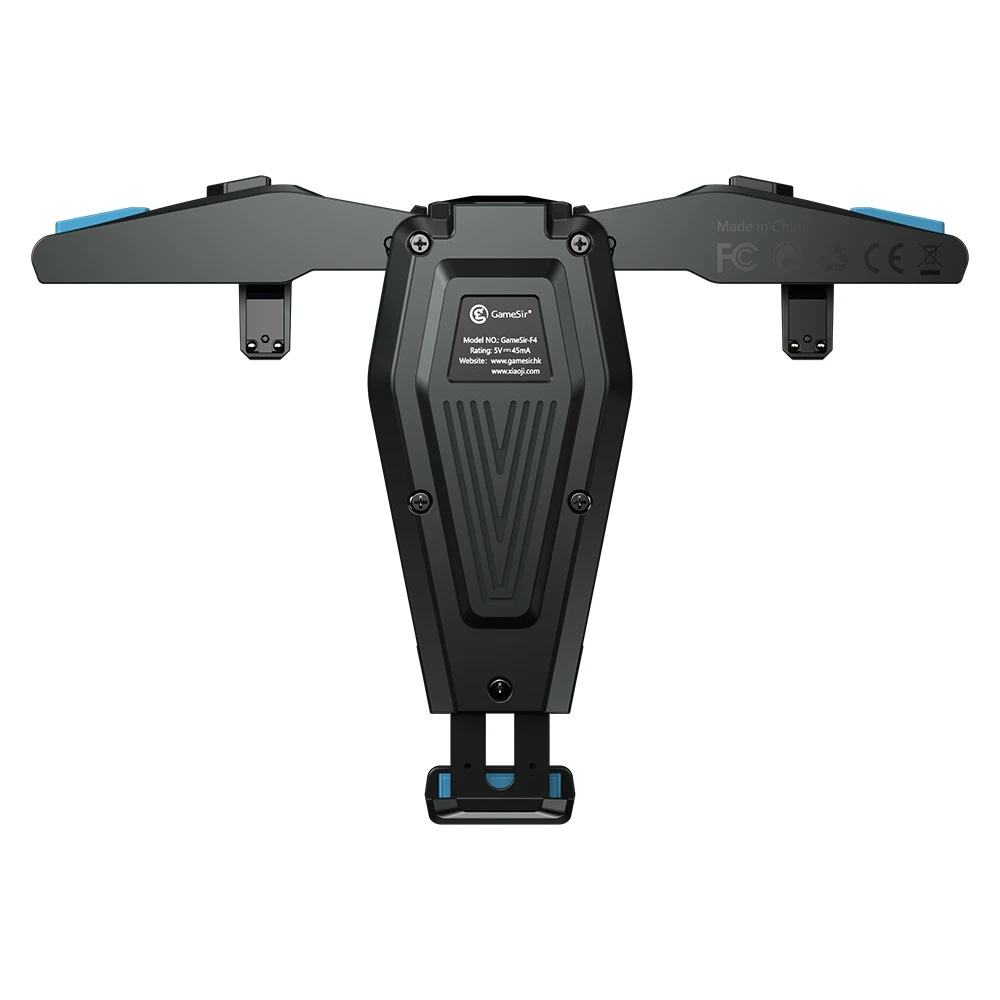

Challenges of developing dedicated systems are discussed. A detailed survey of current work worldwide on end-of-life disposal using solid propulsion is included. Historical Soviet, American and Chinese film-return-capsule solid propellant retrorockets, enabling de-orbit, are also presented.

Im trying to decide between buying a Celestron Powerseeker AZS 80mm scope with a 90 degree diagonal or a Skywatcher 102mm scope with a 45 degree diagonal. Heritage technology from the Mercury and Gemini human spaceflight programmes, where de-orbit motors were used, is shown. of 2 - 45 or 90 degree diagonal Which is better and why - posted in Beginners Forum (No astrophotography): Hi, Im a complete beginner and do not know what difference it makes having a 45 degree or 90 degree diagonal on a telescope. The Burner 2 stage was fitted with 3-axis control by Boeing, allowing it to coast. It could be conical in shape, but at subsonic speeds a rounded shape gives lower aerodynamic drag. The nose cone of the rocket has a shape that causes the air to flow smoothly around the rocket. Click on the part to learn more about it. FZ68/FZ67 FZ68 for helicopter/FZ67 for aircraft. Star 37B weighed 718 kg loaded and produced about 4.59 tonnes of thrust for 42 seconds. Parts of a Model Rocket Point at a part of the rocket to learn its name. Depending on the platform and mission profiles, different types of rocket motors are available. Star 37, from which Star 37B was derived, had originally been developed to serve as the Surveyor lunar lander retro-rocket.

uses a solid-propellant, dual-thrust, flight rocket motor with separable. Moreover, the requirement of minimising solid particle generation is presented. Burner 2 used a Thiokol Star 37B motor (TE-M-364-2). enables the soldier to shape the battlefield by detecting targets at long. This allows limiting spacecraft accelerations and loads during de-orbit manoeuvres. While the majority of presently developed rocket systems worldwide require high burn rates, several applications, including de-orbiting, benefit from solid propellants with decreased regression rates. Specific requirements for dedicated propellants and systems are provided. Their impact on the space debris environment is discussed. configuration such as star-shaped or have radial slots in accordance with the. Uncontrolled, semi-controlled and controlled de-orbit can be completed using solid rocket motors. For the multi-stage rocket motor, the monolithic case may be stepped and. A dedicated system can be implemented in the satellite design phase and shall be a key subsystem of platforms inserted into orbit. The benefits and disadvantages of using such means are discussed. Both the length to diameter ratio being less than 10 and the star shaped part.
#82 degree star shape rocket motor plus
2 motors, plus igniters and igniter plugs per pack. Keywords: Solid Propellant Rocket Motors, Grain Geometry, Grain Burnback. This paper presents the topic of using solid rocket propulsion for de-orbiting spacecraft, in order to fulfil space debris mitigation requirements. 2 pack of Quests White Lightning composite propellant 18mm D20-4 model rocket motor.


 0 kommentar(er)
0 kommentar(er)
